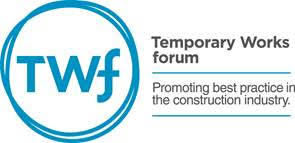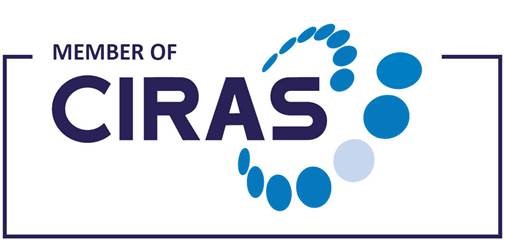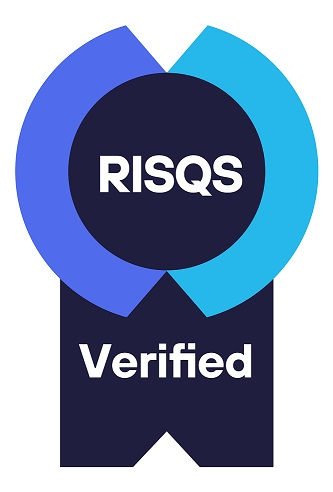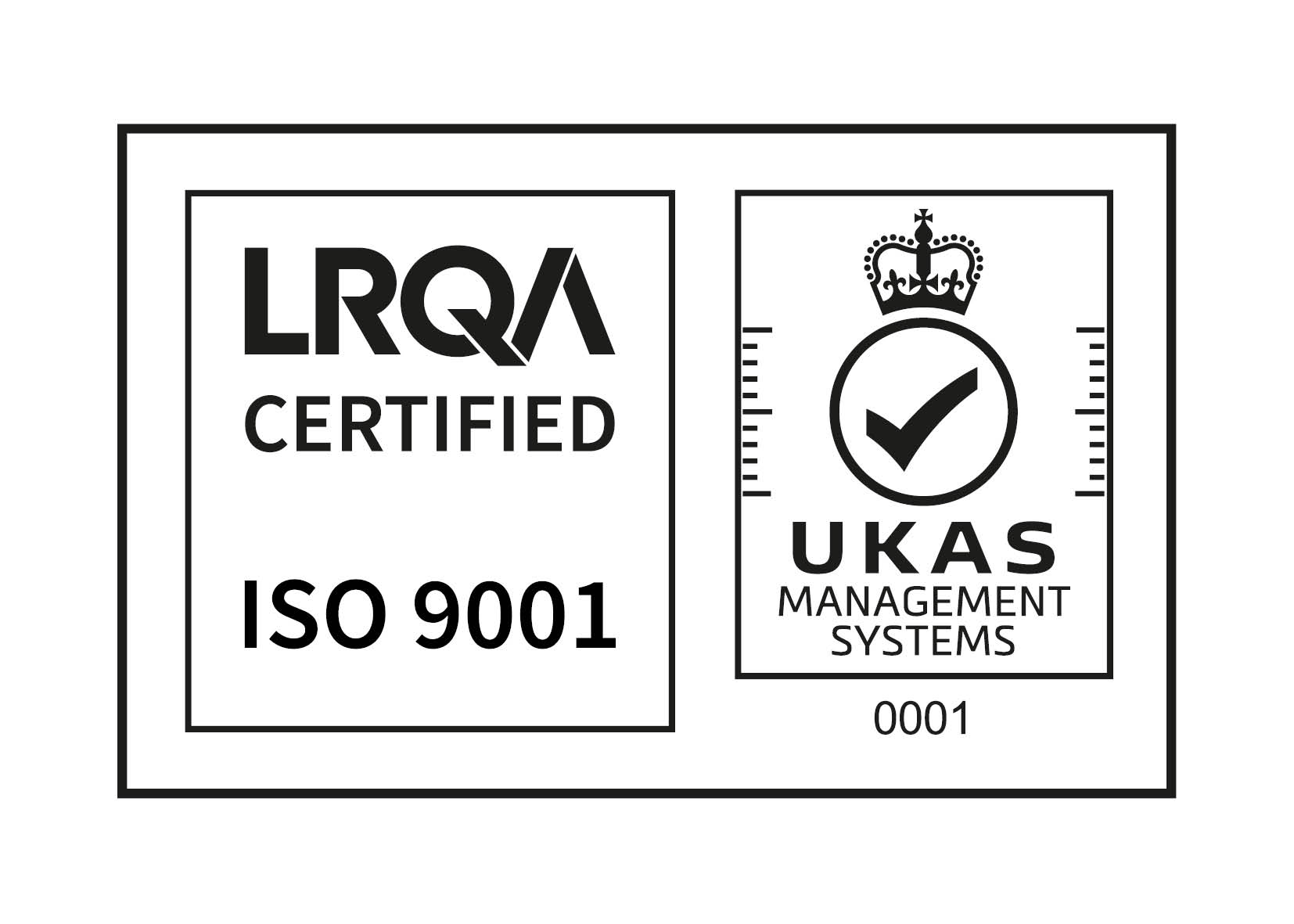Andy is an Associate at MHB Consultants and leads the Land Quality Services department.
Land Quality: What's in a name?
When we were discussing setting up the new Land Quality division here at MHB there was a good deal of discussion over the best name to use to describe what we do. I have been involved in the assessment and remediation of brownfield land for over 25 years; throughout this period the phrase “contaminated land” has been commonly used in relation to the geo-environmental discipline to reflect the fact that there are substances both on and in the soil and groundwater which really shouldn’t be there. Whilst this is understandable there are a number of issues with the use of this type of language which can detract from the huge potential in previously used sites and which, as a result, can act as a potential deterrent to bringing such land back into beneficial use.
First of all there is the fact that “contaminated land” is a formal legal designation which ultimately does not apply to the vast majority of the sites we assess as practitioners. Essentially, land formally designated as “contaminated” under the applicable Part IIa legislation is land which contains substances which are causing, or could cause, significant harm to people, property or protected species or result in significant pollution of groundwater or surface waters (for example lakes and rivers). Many of us have developed rewarding careers in the assessment of whether harm or pollution is being caused (and whether or not it is “significant”) and in the subsequent development of remedial measures which allow potential sites to be successfully redeveloped. As indicated, in most cases the sites we look at are not policed under the Part IIa legislation but under the planning regime. This avoids the significant negative connotations associated with formal Part IIa designation – it therefore seems strange (to me at least) that the use of “contaminated” is still in such common parlance when it comes to discussing these sites.
Secondly, there are the entirely negative connotations associated with the word “contaminated”; I may be wrong but I can’t think of a positive scenario which involves this word. I can, however, think of a few where the word may be technically appropriate but the extent of the problem is less significant than the connotation conveyed (although putting lemonade in malt whisky is a serious case of contamination if you ask me!). Consequently, we may be causing unnecessary levels of concern when we talk about “cleaning up contaminated sites”: the fact of the matter is that on most sites it could be argued that there is something there that shouldn’t be (excess fertiliser on “greenfield” land, residual builder’s debris below the landscaped area of a new development). It is the degree to which any such issues may impact the use of the site and the environment which are important; the largely binary nature of the word contaminated (meaning “bad” to most people) is not appropriate when it comes to the subtleties of assessing land quality. Perhaps we need to be more careful in our use of language to assist in placing any risks in context and in promoting the significant opportunities associated with land redevelopment.
The concept of site “abnormals” is part of the same discussion. Whilst this is a well recognised term in the industry the fact is that there really is no such thing as a “normal” site. In my experience this term means a site where the development can be progressed with minimal costs beyond the most cost effective options: foundations can be strip footings not piles, no removal of unsuitable material is required, there is no requirement for gas protection measures. Whilst this is understandable from a pricing and negotiating perspective such sites are few and far between (and where they exist the topography is likely to be unsuitable!). Whilst we are unlikely to drop the use of the term abnormal (much as I might like to) as professional advisors we should be careful in the use of the term and understand the potentially negative connotations associated with its use.
Brownfield land (for the record I’m largely OK with that term) offers huge potential for the sustainable development of our society. To encourage this we need to be judicious in our use of language; when we talk about “contaminated sites” and “abnormal conditions” we run the risk of conjuring up images of toxic dumps and buildings disappearing down large holes in the ground in the minds of non-professionals. Non-technical (i.e. most) people will mainly be the future users of the sites and will be understandably keen to ensure that they are not going to be exposed to unnecessary risk. We have already seen how the complex issues we have to assess and mitigate can be misunderstood and misinterpreted resulting in stress, high profile (and expensive) legal cases and follow up work and, in some cases, the demolition of newly built developments. Whilst semantics may not have avoided these cases we should be positive about the work we do in the assessment and remediation of land.
Coming back to my first point (remember that?) the new MHB division is called Land Quality as this conveys one of the key elements that the team will assess – what is the quality of the sites we are looking at? Whilst the answer on some sites may be less positive than others we are intentionally not starting with “how contaminated is the site”; we will look at the issues associated with the land and, where appropriate, make proposals for appropriate mitigation measures to address potential contaminants. Part IIa sites may arise, however, experience suggests that we will be spending a lot more time assisting in beneficial redevelopment rather than risking the blight of a formal “Contaminated” designation.








